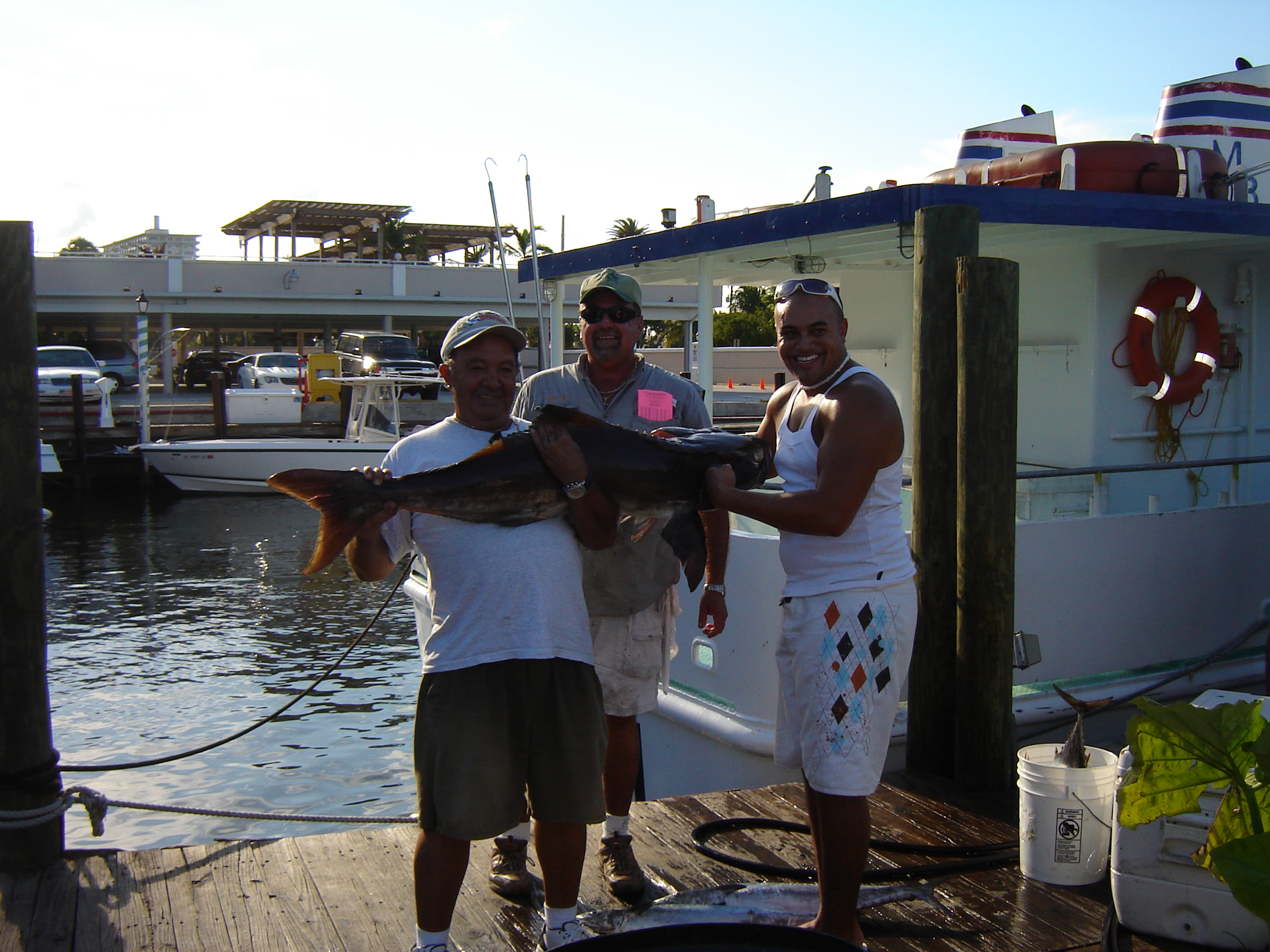

These nets were traditionally small in size, biodegradable and attached to small vessels. Driftnets are used to capture many types of fish including tuna, swordfish and salmon. Fish are trapped as nets slide behind their gill covers. Driftnet Fishingĭriftnets are gillnets that are allowed to drift near the surface of the water. The explosions instantly transform dynamic ecosystems into empty, lifeless deserts. Homemade explosives may contain damaging pollutants such as kerosene and fertilizers, further degrading the environment. Shockwaves from these explosions can be very hazardous to the surrounding environment, especially to sensitive coral reefs. Blast Fishingįisherman in Southeast Asia, Africa and the Aegean Sea practice this method, also called explosive or dynamite fishing, to catch fish even though it is illegal in most places.įishermen who use this method set explosives, usually homemade, in the water to stun entire schools of fish at once. Practices such as shark finning, where the fins of sharks are sliced off and the body of the shark discarded, are particularly destructive, as well, not to mention horrifically cruel. Some of the most destructive fishing methods include the use of driftnets, longlines, trawls, explosives, and purse seines.
#PERSON GETS CAUGHT IN A WATER DRIFT FREE#
Animals who manage to break free may still end up dragging a portion of the net with them, causing life-threatening injuries, interfering with behaviors necessary for survival, and making them vulnerable to predators.

Air-breathing marine mammals and sea turtles are particularly vulnerable because they can quickly drown when trapped in fishing nets. Millions of non-target animals also die every year as bycatch-hauled up and thrown overboard, dead or mortally wounded. Commercial fleets employ huge nets and other non-discriminate methods that sweep up unwanted flora and fauna along with the desired catch, obliterating seabed habitat in the process. Unfortunately, the efficiency focus has been on increasing speed and volume-not on reducing collateral mortality of non-target marine organisms and destruction of marine habitats.Īccording to the Food and Agriculture Organization of the United Nations, roughly 32% of world fish stocks are overexploited, depleted or recovering and in urgent need of rebuilding. Technological advances in the past few decades have increased efficiency-enabling the world's fishing fleet to maximize its catch and process it at sea. The world's fisheries and aquatic ecosystems are showing the strain of global trends toward greater production and more destructive fishing practices. Ending the Slaughter of Nonambulatory Pigs.State Wildlife Agency Contact Information.
#PERSON GETS CAUGHT IN A WATER DRIFT HOW TO#
How to Communicate Effectively with Legislators.United States Legislative Information (external link).Preventing Animal Cruelty and Torture (PACT) Act.Farm Animal Anti-Confinement Legislation.Cetacean Anti-Captivity Legislation and Laws.Anti-whistleblower (“Ag-Gag”) Legislation.Traveling Exotic Animal and Public Safety Protection Act.Save America’s Forgotten Equines (SAFE) Act.Shaping Policy for Animals in Laboratories.


 0 kommentar(er)
0 kommentar(er)
